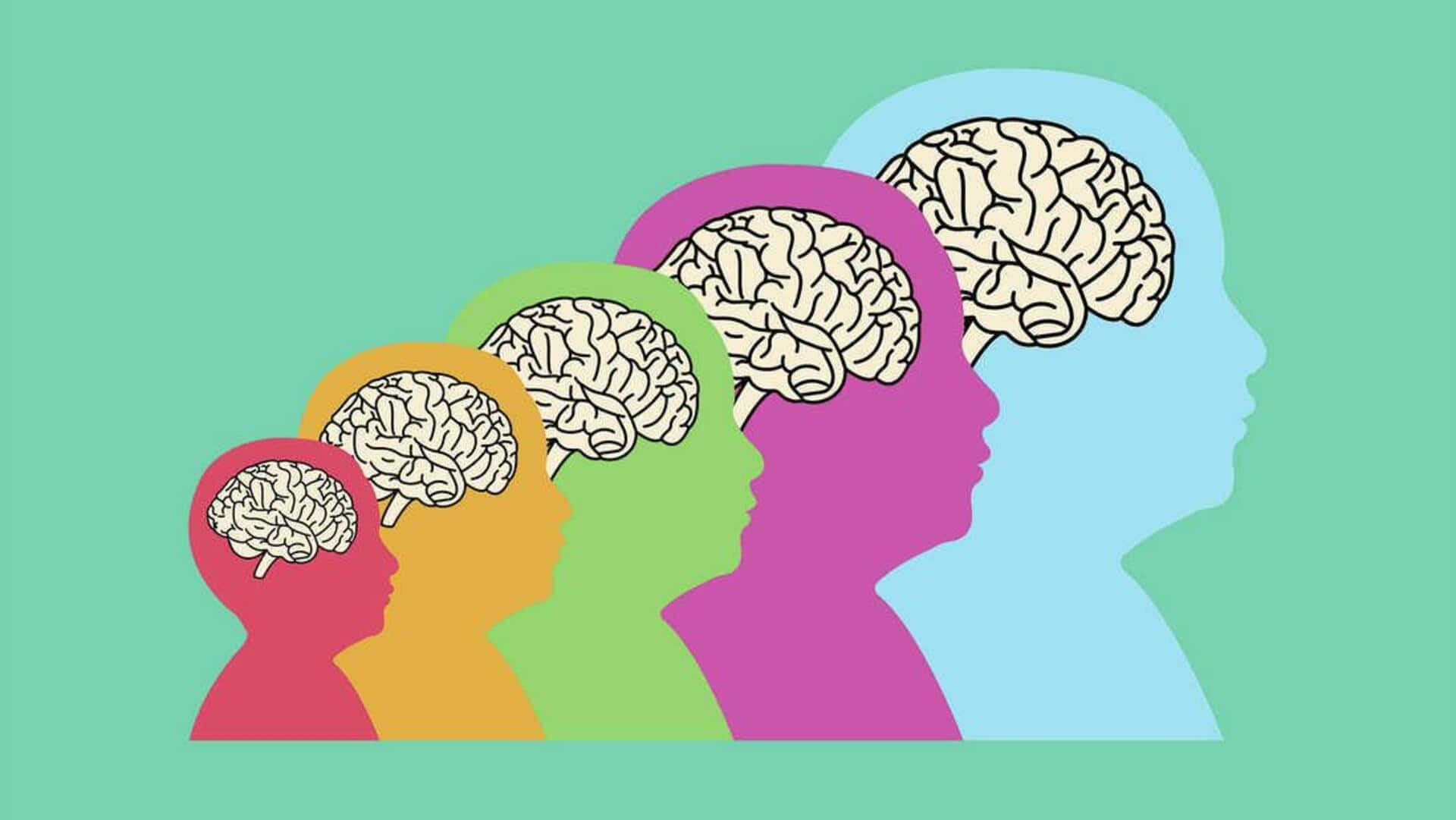
Human brains growing larger with each generation, says study
What's the story
A groundbreaking study has found that the human brain has been gradually growing in size over generations. This research, conducted by a team from the University of California, examined MRI data from over 3,000 individuals born between the 1930s and 1970s. The findings, which were published in the JAMA Neurology journal, revealed that those born in the 1970s, had approximately 15% more brain surface area and 6.6% more brain volume than their counterparts born in the 1930s.
Growth noticed
Growth observed in memory-related brain structures
The research also uncovered that certain areas of the brain linked to memory and learning have grown over time. In particular, the hippocampus, a key region utilized for memory and learning functions, saw a volume increase of 5.7% across the generations studied. This growth was noted even after considering several other factors such as height, age, and gender.
Impact
Implications of larger brain structures on health
The lead author of the study, Professor Charles DeCarli, stated that larger brain structures could indicate better brain development and health. He elaborated that a bigger brain structure could provide a larger 'brain reserve.' This could potentially help in mitigating the effects of age-related brain diseases like Alzheimer's and Dementia in the latter stages of life.
Others
Role of external factors in brain size and health
Various external factors, including social, cultural, and educational aspects, could also influence brain size. Regular physical activity appears to be associated with increased brain volume in areas related to memory and learning. Conversely, unhealthy diet, alcohol intake, and social isolation seem to negatively impact brain size. Higher income levels appear to guard against the deterioration of white matter caused by a decrease in neuron connection density.